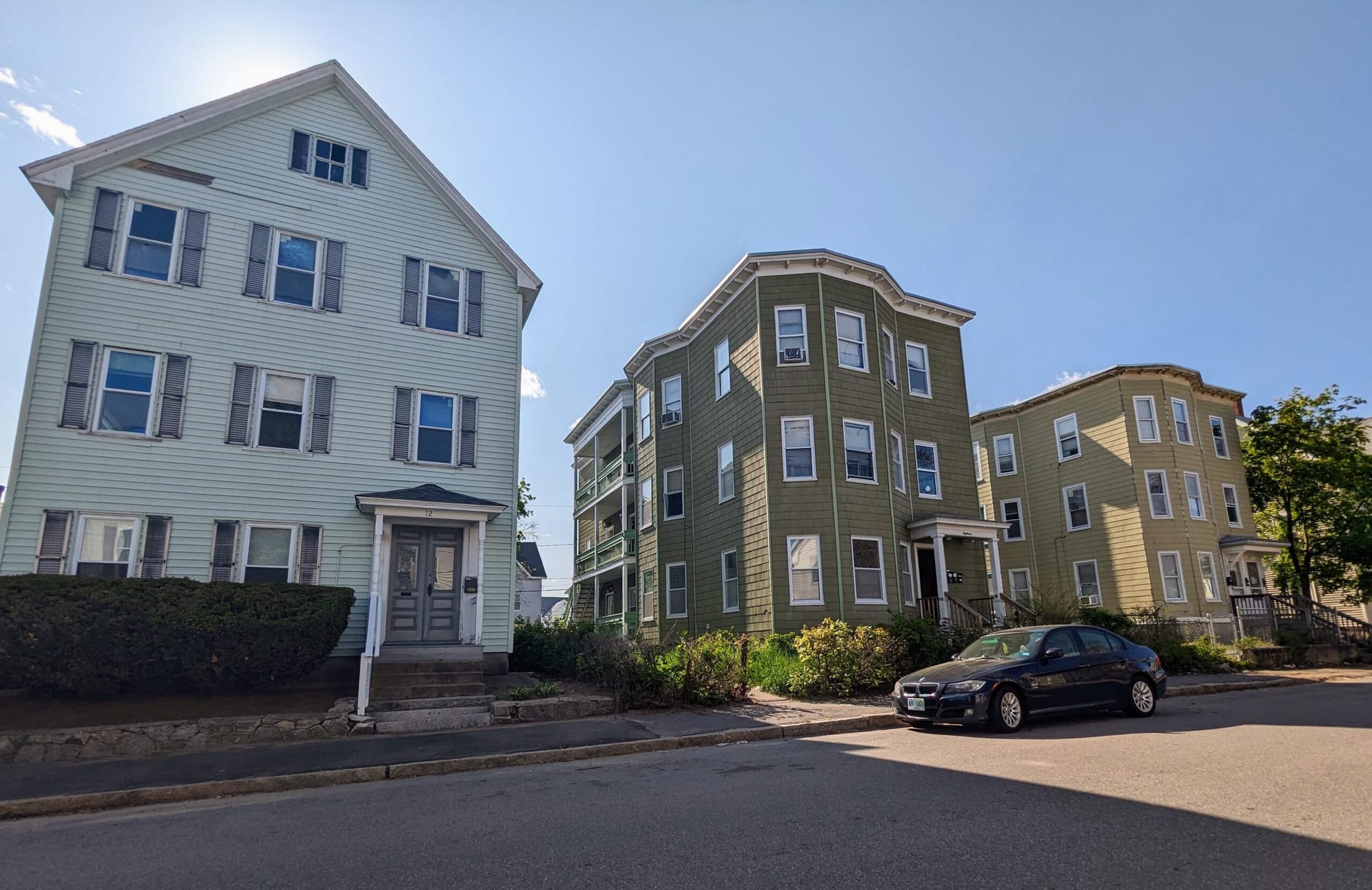Zillow analysis underscores need for zoning changes to ease housing crisis
The call for zoning changes to ease the housing crisis is supported by a recent Zillow study that shows a growing gap between the number of households and families that do not rent or own their own home, particularly among those with low incomes.

The call for zoning changes to ease the housing crisis is supported by a recent Zillow study that shows a growing gap between the number of households and families that do not rent or own their own home, particularly among those with low incomes.
“The U.S. housing market is like a high-stakes version of the game musical chairs,” Orphe Divounguy, Zillow senior economist, said. “There are simply not enough homes for millions of people. Unless we address the shortage of smaller, more affordable, starter-type homes, we risk leaving families without a seat — and it will only get worse over time.”
The analysis by the online real estate company found that nearly 8 million households live in another family’s owned or rented home. With 3.7 million housing units available for rent or sale in the U.S., that means a deficit of up to 4.3 million homes if those households preferred to live on their own. [The study, released June 22, is based on 2021 housing numbers.]
“If every missing household was willing and able to move into their own home, 4.3 million households would have been left without a place to move to,” the report says.
Of the families that are doubling up on housing, 68% had an annual income of $35,000 or less.
That finding highlights the need for smaller and more affordable housing, and an overall need for policies and investments that can boost construction, according to the report.
Many of the families or households living in a non-relative household were single lower-income adults, or a family of two. The Zillow analysis suggests building smaller — as opposed to large, detached single-family homes — could be a solution to affordability challenges.
“Nationwide, the bulk of families that were doubling up consisted of fewer than three family members, but there were only roughly 1 million available one or two bedroom units available for rent or for sale compared to 2.6 million units with three or more bedrooms,” the report says.
Easing zoning restrictions is key
There is widespread agreement among industry experts that loosening restrictive zoning laws is critical to creating more supply and easing housing costs, the report says. Added to that, a Zillow poll found that four out of five respondents support allowing more, and smaller, home types to be built in their neighborhood.
Speeding up building permitting, eliminating parking requirements, tax incentives to rehabilitate underutilized housing stock, and expanding affordable housing trust funds could all help ease the shortfall in new construction, according to industry experts, and cited by the Zillow study.
In New Hampshire, the release in May of the New Hampshire Zoning Atlas is considered a step in that direction.
A coalition of housing industry stakeholders hope that the atlas will provide a picture of zoning in the state and help lead to zoning changes that will help provide some of the 23,500 residential units needed in New Hampshire immediately, and 150,000 expected to be needed by 2040.
On the local level, officials are grappling more seriously with the gap between outdated zoning laws and the reality of the state’s housing needs. For instance, the Londonderry Zoning Board of Appeals shot done a variance request for 304 residential units that would be part of a mixed-use development in an industrial zone that is expected to provide 1,300 jobs. Town officials said after the vote they are looking at ways to change the town’s zoning laws to meet current needs.
Related to zoning issues, but also because of other challenges, construction productivity has declined since the late 1960s relative to the rest of the U.S. economy. Land-use restrictions, building approval delays, and stunted construction sector growth all contribute to the lack of new home construction, the report says. “Policymakers should explore ways to boost production and overall growth of the construction sector to ensure housing supply can catch up to demand.”
A pre-pandemic housing deficit — largely because construction activity plummeted during the Great Recession — meant that the pandemic housing demand surge “contributed to the highest inflation period in almost 40 years.”
The report says, “This persistent shortage has kept housing inflation afloat despite the recent slowdown in housing market activity. As mortgage rates increased and most segments of the housing market cooled, competition for relatively more affordable, entry-level homes has remained intense, putting pressure on lower-income families especially.”
Vacant property, few options
The analysis also found that many properties that could be available for rent or sale are vacant, many because they are not in condition for occupancy. The housing markets with the most unavailable vacant units are in areas with relatively lower home values.
The crisis is playing out in the most expensive coastal housing markets, such as Los Angeles, San Francisco, San Jose, San Diego and Boston. “But also in places like Boise,” Divounguy said.
The nation’s housing stock grew by roughly 6.3 million units from 2015 to 2021, but 7.1 million new households were formed during the same period, outpacing available housing. It leaves those seeking housing who have a limited income very few options that they can afford.
“When household formation outpaces growth in the housing stock, the number of available units falls, competitive pressure builds, pushing housing costs up,” the report says.
Zillow found:
- Roughly 8 million families nationwide in 2021 were living with non-relatives in a home that they did not themselves own or lease.
- 68% of families that were doubling up with non-relatives had a family income of $35,000 or less, compared to 29% of families living in their own unit
- There were 5.6 million vacant homes in the U.S. in 2021, but only 3.7 million of them were available for rent or for sale.





